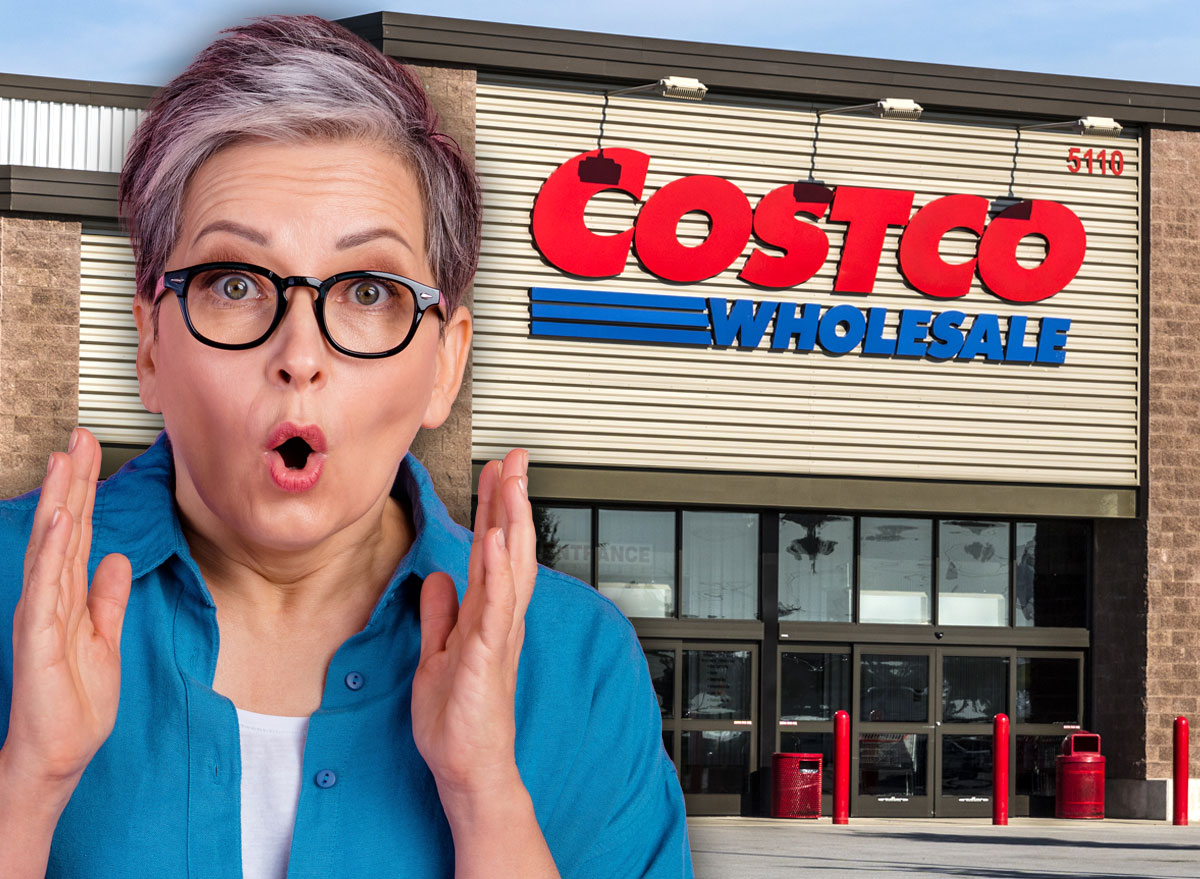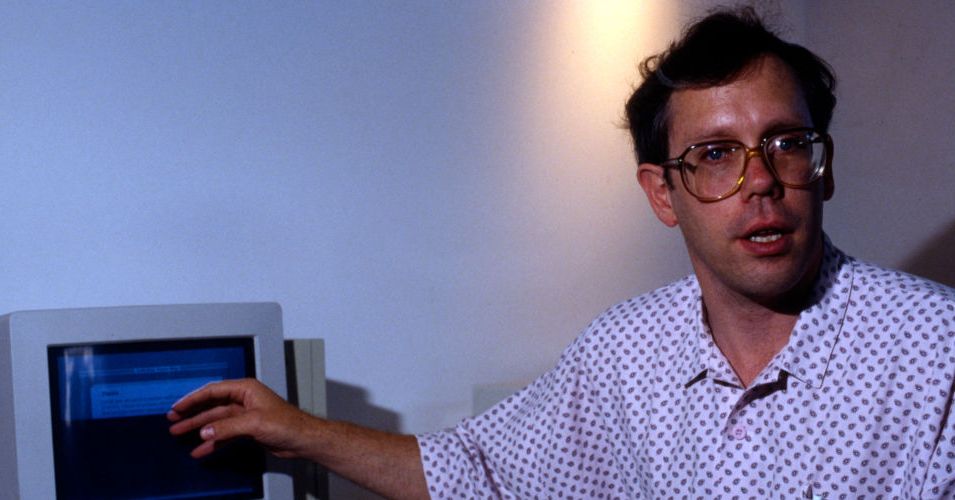If you feel like the goal of owning a home is moving further out of reach, you’re not alone, and the data backs you up. The journey to homeownership looks completely different today than it did for previous generations. A 2024 report from the National Association of REALTORS® (NAR) shows that the median age of all homebuyers has hit 56 years old. That’s a huge jump from 45 in 2021 and a far cry from 1981, when the typical buyer was only 31.
This steep climb in age reflects a fundamental change in who can afford a home and when. The 25-year climb in age over the last four decades points to new economic challenges that are reshaping one of the biggest financial decisions in a person’s life.
The Growing Age Gap in Homeownership

One of the biggest reasons for this upward age trend is the widening gap between first-time and repeat homebuyers. In 2024, the typical first-time buyer was 38 years old, a record high. Just a generation ago, they were often in their late 20s. Starting the homeownership journey a decade later is a major setback for building long-term wealth, as it represents ten fewer years of paying down a mortgage and benefiting from property appreciation.
At the same time, the median age for repeat buyers has climbed to 61. This 23-year age difference between a first-time buyer (38) and a repeat buyer (61) reveals a market with two different realities. Existing homeowners can leverage the equity from their current homes, giving them a huge financial advantage. They can roll those profits into a much larger down payment on their next property, which makes their offers more competitive and lowers their future monthly payments. In many cases, it allows them to make all-cash offers, sidestepping high interest rates entirely and beating out first-time buyers who rely on financing.
This dynamic has also changed the very idea of a “starter home.” A first-time buyer in their late 30s often needs more than a small, introductory house. With an established career or a family, they’re more likely to look for a long-term home from the start, one with more space and better school districts. This makes the first purchase much more expensive and helps explain why the share of first-time buyers has dropped to a historic low of 24%, well below the traditional 40%. The decline of the starter home creates a bottleneck in the market, with fewer affordable, entry-level properties available for sale, making that first step onto the property ladder even more difficult.
The Financial Hurdles Holding Buyers Back

This delay in buying a home isn’t happening because people’s priorities have changed; it’s because of major financial roadblocks. A mix of soaring home prices, high borrowing costs, and personal debt has put homeownership on the back burner for many.
The biggest issue is that home prices have grown much faster than salaries. In 2022, the median home price was 5.6 times the median household income, a record. From 2019 to 2022 alone, home prices shot up by 43%, while incomes only increased by 7%. This means that even with a good job, the goalpost is moving faster than most people can save. To keep up, the median income of a successful first-time buyer had to jump by $26,000 over the last two years, reaching $97,000.

High mortgage rates make the problem worse. Even though rates were high in the early 1980s, homes were much cheaper compared to what people earned, so the total loan amount was smaller. Today, buyers face the double whammy of record-high prices and high interest rates. A high rate on an already expensive home dramatically increases the monthly payment, shrinking purchasing power and pushing many out of the market.
For younger buyers, student loans are another huge roadblock. One report found that 51% of millennials who don’t own homes say student debt is the reason. Among recent first-time buyers, 37% have student loans, with a typical balance of $30,000. This debt eats into savings for a down payment and directly impacts their debt-to-income (DTI) ratio, a critical number lenders use to determine how much you can borrow. Even if a person saves enough for a down payment, a high DTI from student loans can lead to a mortgage denial, trapping them in a cycle where high rent payments prevent them from paying down debt faster. In fact, research suggests every $1,000 in student debt can delay buying a home by about four months.
The High Price of Postponing the “American Dream”

Waiting to buy a home costs more than just money; it affects your financial future and your peace of mind. For most people, their home is their biggest asset. A late start gives you less time to build wealth from it. Think of it like this: every mortgage payment helps you own a little more of your home, while its value hopefully grows over time. The later you start, the less time you have for these two things to work in your favor.
The numbers are pretty clear. One study found that people who buy a home in their late 20s or early 30s have about $150,000 in home equity by the time they’re 60. But if you wait until your late 30s or early 40s, that number drops by about $72,000. Since the average first-time buyer is now 38, they’re missing out on a full decade of building that wealth, a gap that’s tough to make up later on.
It’s not just about finances; it’s also about stability. The constant stress of renting (not knowing if your rent will go up or if your landlord will sell) takes a toll. This kind of financial pressure is linked to anxiety and poor mental health. One study even connected falling behind on mortgage payments to a much higher risk of depression. It’s a tough situation: the “American Dream” of owning a home is supposed to bring security, but for many, the chase itself creates a lot of stress and uncertainty.
A Guide for Aspiring Homeowners

Even though the market is tough, you’re not powerless. Taking control of your finances is the best way to put yourself in a stronger position to buy a home when the time is right. Here are some practical steps to get you started.
- Know Your Numbers: Before you even start browsing listings, figure out what you can realistically afford. Use an online mortgage calculator to play with numbers. A good rule of thumb is to keep your total housing costs under 36% of your gross monthly income. This leaves you with a cushion for other life expenses.
- Build a Strong Credit Score: Your credit score directly impacts your mortgage rate, and a higher score can save you a lot of money. Get a free copy of your credit report, fix any errors, and focus on the basics: pay all your bills on time and keep your credit card balances low.
- Save Smartly for a Down Payment: You don’t always need 20% down. Many loans are available with just 3% to 5% down. But don’t forget about closing costs. These are fees for things like appraisals and title insurance which can add another 1.5% to 5% of the home’s price. Make sure you’re saving for both.
- Get Pre-Approved, Not Just Pre-Qualified: A pre-approval is a much stronger signal to sellers than a pre-qualification. It means a lender has already reviewed your finances and confirmed how much they’re willing to lend you. This shows you’re a serious buyer and gives you an edge.
- Look for Homebuyer Assistance Programs: Don’t assume you have to do it all on your own. There are thousands of programs designed to help with down payments and closing costs, often run by state or local governments. Also, look into government-insured loans like FHA loans, which are great for buyers with smaller down payments.
Unlocking Homeownership for the Next Generation

While personal financial planning is important, the rising age of homebuyers points to bigger problems that individuals can’t solve alone. Real change requires addressing the root causes of the housing crisis.
Experts agree that a key part of the solution is to build more homes, especially the smaller, more affordable “starter” homes that have become rare. This involves updating local zoning laws to allow for more housing to be built in areas where it’s needed most.
Making it easier to get a loan is also crucial. This could mean streamlining the process for government-backed mortgages and expanding down payment assistance programs to help more people clear the first hurdle. The goal is to make homeownership an achievable dream again for anyone willing to work for it, not just a privilege for those who are older or already have wealth.
Source:
- Highlights from the profile of home buyers and sellers. (2024, November 4). https://www.nar.realtor/research-and-statistics/research-reports/highlights-from-the-profile-of-home-buyers-and-sellers









Leave a Reply